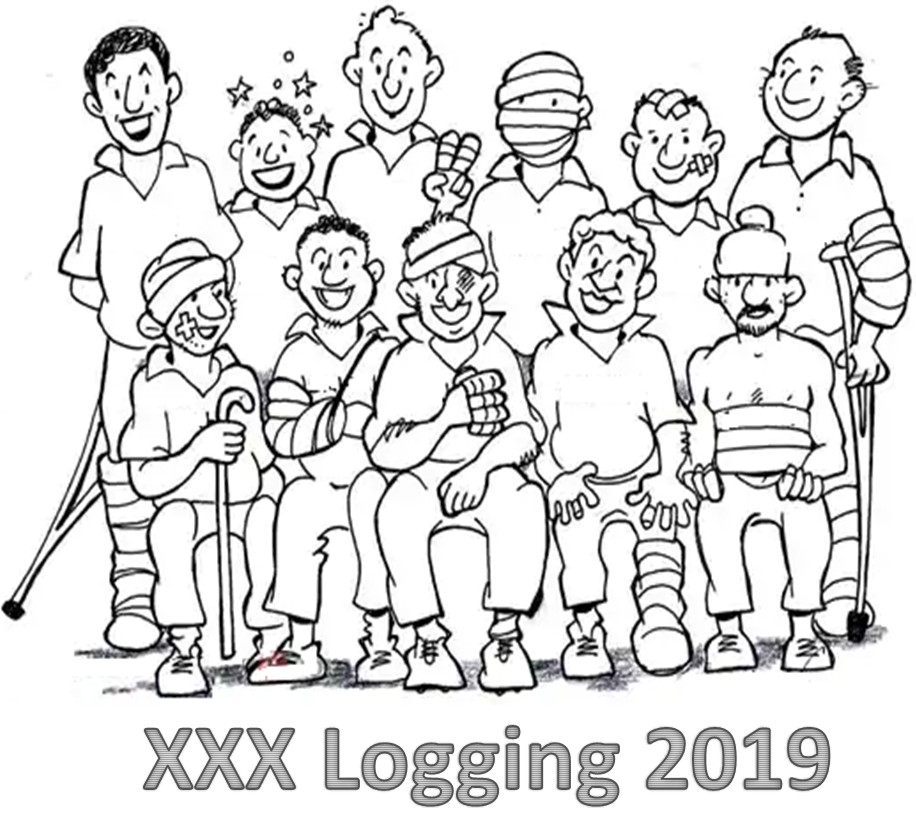Injury Management Return to Work

Did you know that...
Many people think an injured worker must be off work to recover and that being injured is a barrier to returning to work. Others, including medical professionals, hear the word forestry and conclude that there are no safe alternative duties for an injured worker to do!
However, you don't have to be fully recovered or to have finished medical treatment before you can return to work and there are usually many useful and safe alternative duties for workers.
Examining our views and practices
Returning to work is not always easy, however, it is important to understand that work is generally good for health and wellbeing and that long-term work absence can have a negative impact on health and wellbeing. Also, work absence tends to perpetuate itself i.e. the longer someone is off work the less likely they become ever to return. While the injured person's safety is always paramount, outcomes are more likely to be good when workers understand the health benefits of work, take responsibility and we have a good Return to Work (RTW) plan in place.
There are the 4 key practice areas:
- Employer Responsibilities - develop a RTW plan to assist workers when injured.
- Injured Worker Responsibilities - familiarity with the RTW plan and cooperation.
- Early Intervention - applying the RTW plan quickly and not missing out any steps.
- Developing a Rehabilitation Plan - alternative duties and close monitoring.
The Australian and New Zealand Consensus Statement on the Health Benefits of Work. https://www.racp.edu.au/docs/default-source/advocacy-library/realising-the-health-benefits-of-work.pdf
View this article in Safety Bulletin 120
